Oily dandruff can be both frustrating and uncomfortable. The greasy flakes, constant itchiness, and scalp irritation can make managing your hair an endless struggle.
Fortunately, there are effective ways to tackle this condition and restore your scalp’s health.
Key Highlights
- Excess oil (sebum) on the scalp leads to oily dandruff, creating a favourable environment for fungal growth.
- Overproduction of sebum and the presence of Malassezia fungus are primary contributors to this condition.
- Treatments include medicated shampoos, scalp scrubs, natural remedies, and dietary changes.
- Key ingredients for addressing oily dandruff include salicylic acid, tea tree oil, and apple cider vinegar.
- A holistic approach to hair care can help achieve a flake-free, healthy scalp.
What is Oily Dandruff?
Oily dandruff occurs when excess sebum mixes with dead skin cells, forming greasy clumps on the scalp.
This condition often stems from an overgrowth of Malassezia, a yeast-like fungus that thrives in oily environments.
Unlike dry dandruff, which produces small, white, and loose flakes, oily dandruff results in larger, yellowish flakes that adhere to the scalp due to excess oil.
It is a common issue, affecting up to 50% of people at some point in their lives.
What Causes Oily Dandruff?
Several factors contribute to oily dandruff. Let’s explore some of the most common causes:
- Overactive Sebaceous Glands: Sebaceous glands produce sebum, the oil that moisturises your scalp. Overactive glands can lead to excess oil, which can contribute to dandruff.
- Hormonal Imbalances: Hormones, especially androgens, influence sebum production, so oily dandruff often worsens during puberty, pregnancy, or periods of high stress.
- Fungal Overgrowth: Malassezia fungus thrives in oily conditions. When sebum production increases, the fungus multiplies, leading to scalp inflammation and dandruff.
- Diet and Lifestyle: Diets high in sugars, fats, and processed foods can exacerbate dandruff. Stress also increases cortisol levels, triggering hormonal changes and further elevating sebum production.
Signs and Symptoms of Oily Dandruff
Recognising oily dandruff is crucial for effective treatment. The condition manifests as greasy, yellow flakes that stick to the scalp and hair.
These flakes tend to be larger and more stubborn than dry dandruff.
Other common symptoms include itchiness, scalp redness, and persistent oiliness, even shortly after washing your hair.
Medicated Shampoos: Key Ingredients to Look For
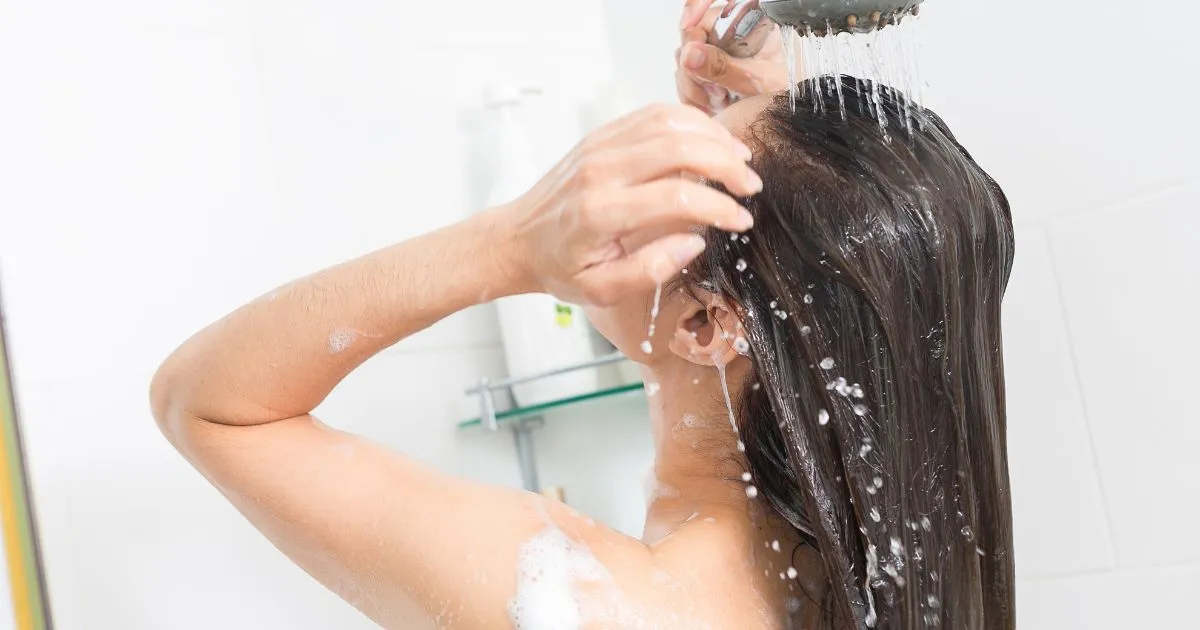
Medicated shampoos are an essential first line of defence. Look for antifungal products like ketoconazole or zinc pyrithione, which target the Malassezia fungus and reduce inflammation.
Salicylic acid and selenium sulfide are effective for stubborn flakes. Salicylic acid, in particular, exfoliates the scalp, preventing the buildup of dead skin cells that contribute to dandruff.
Scalp Scrubs: Benefits for Oily Dandruff
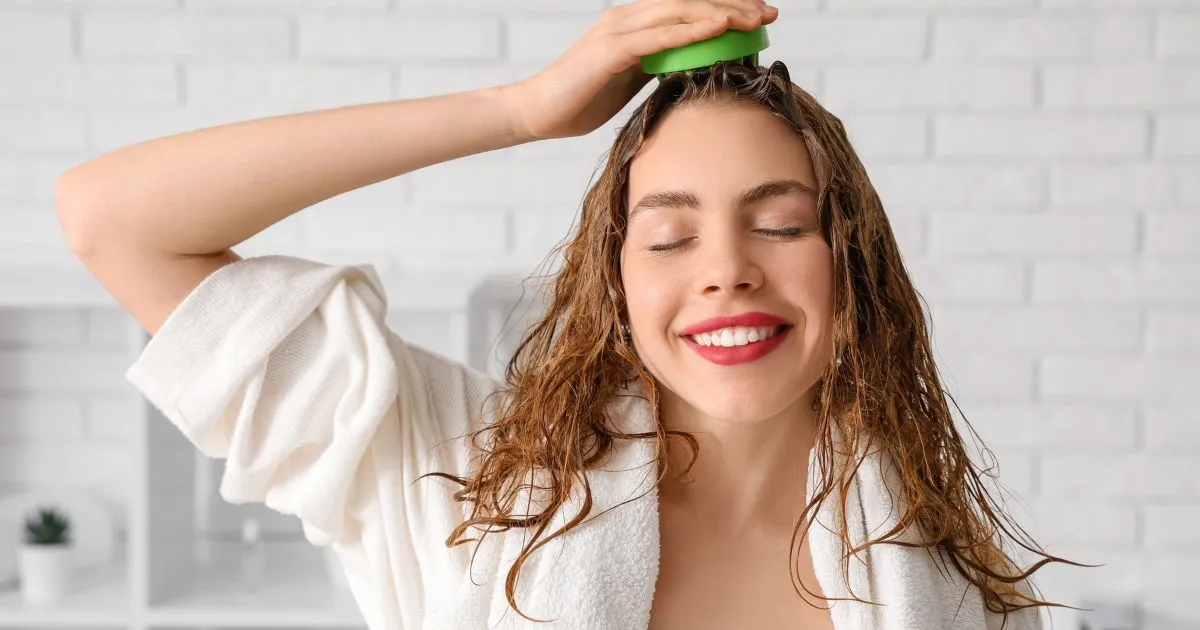
Incorporating a scalp scrub into your routine can boost the effectiveness of medicated shampoos.
Scalp scrubs offer a deeper clean by removing dead skin cells and excess oil, helping to dislodge flakes more effectively.
Regular scalp scrubs can also stimulate circulation, promoting a healthier scalp overall.
How to Get Rid of Oily Dandruff Naturally?
For those who prefer natural alternatives, several home remedies can help soothe an oily scalp and reduce dandruff. While these treatments may not eliminate the issue, they can alleviate symptoms.
Two popular remedies are tea tree oil and apple cider vinegar, both of which are known for their antifungal and oil-balancing properties.
Tea Tree Oil
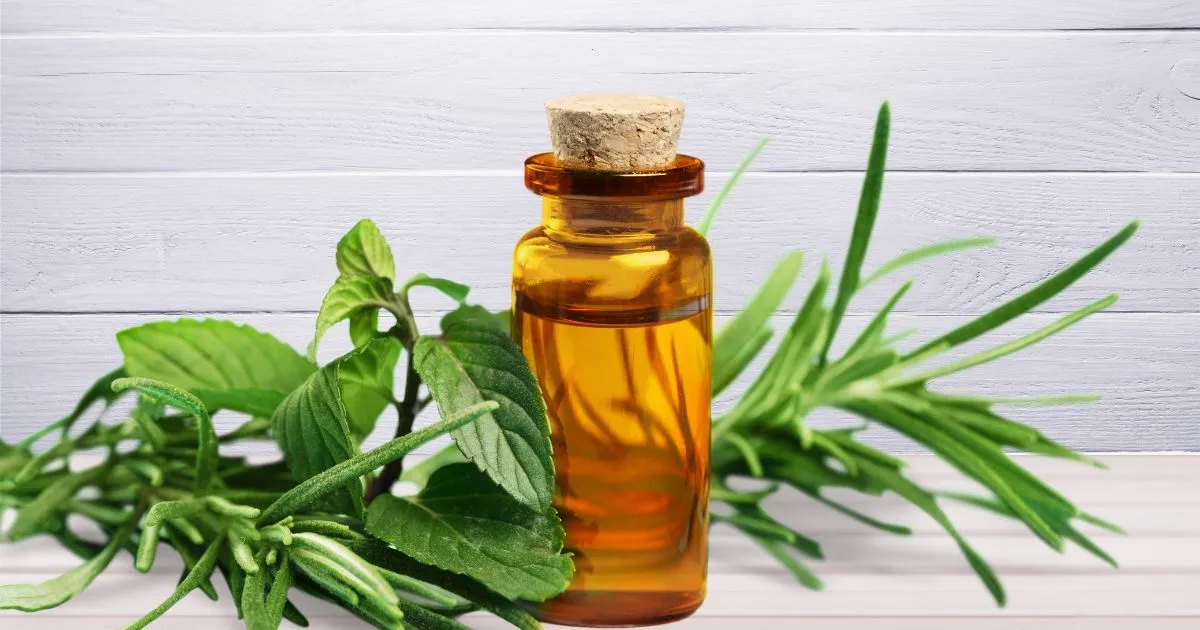
Tea tree oil, derived from the leaves of the Australian tea tree, has long been used for treating skin and scalp conditions.
Its antifungal properties, particularly its active terpinene-4-ol, help combat Malassezia and reduce scalp inflammation.
Add a few drops of tea tree oil to your regular shampoo or dilute it with a carrier oil like coconut oil for a soothing scalp massage.
Apple Cider Vinegar
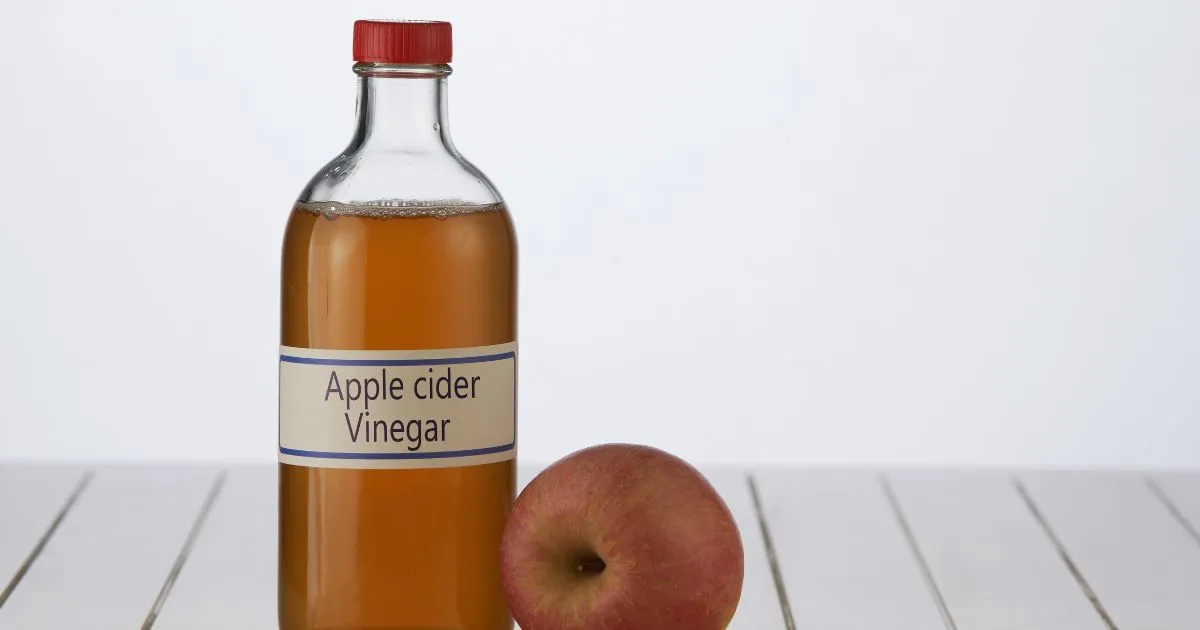
Apple cider vinegar is renowned for its ability to balance the scalp’s pH, which helps to curb the growth of dandruff-causing fungi.
Its astringent properties can also help control sebum production.
To use, mix equal parts apple cider vinegar and water. Apply it as a rinse after shampooing, leave it on for a few minutes, and rinse with cool water.
Dietary and Lifestyle Changes
While topical treatments are necessary for managing oily dandruff, addressing diet and lifestyle factors is equally essential for long-term results.
Dietary Adjustments
What you eat directly impacts your scalp health. Omega-3 fatty acids in fatty fish, flaxseeds, and walnuts reduce inflammation and soothe irritated skin.
Reducing processed foods and sugars can also help decrease inflammation and balance sebum production.
Regular Exercise and Stress Management
Exercise promotes better blood circulation, nourishing the hair follicles and regulating oil production.
Managing stress is also crucial, as high-stress levels can exacerbate oily dandruff. Practices such as yoga or meditation can be particularly beneficial.
Adjusting Hair Care Products
Some hair care products, especially those containing heavy oils and silicones, can worsen oily dandruff by clogging pores and disrupting your scalp’s natural balance.
Opt for non-comedogenic products and avoid harsh sulfates or parabens, which can strip the scalp’s natural oils and lead to an overproduction of sebum.
When to Seek Professional Help
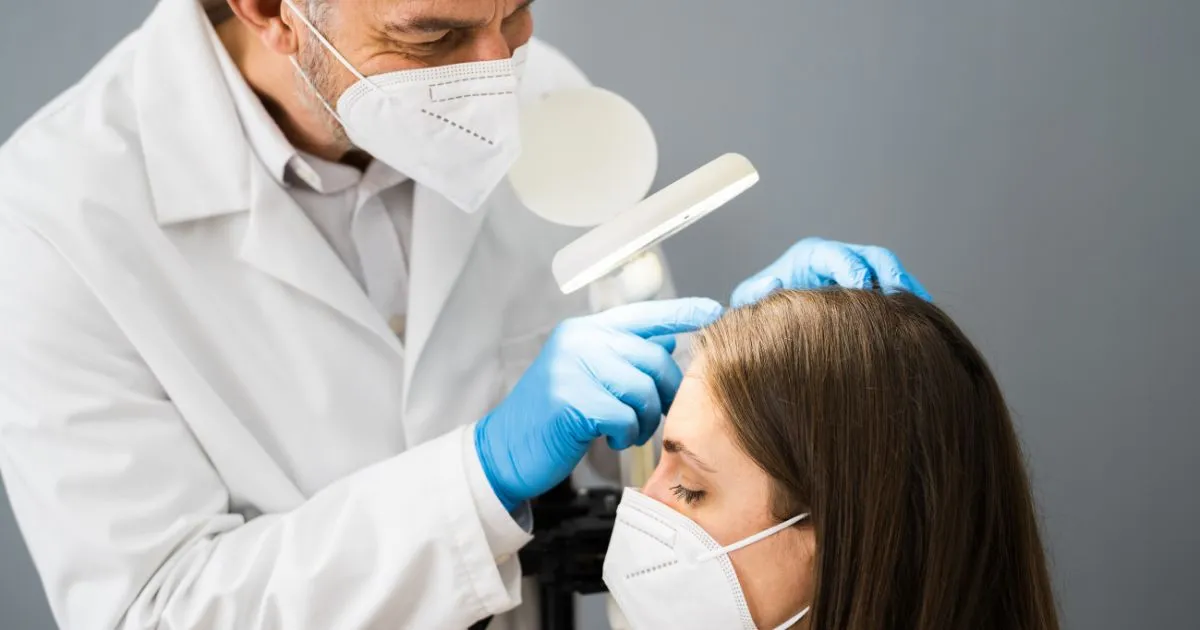
Suppose over-the-counter solutions and home remedies do not yield results within a few weeks. In that case, it’s time to consult a dermatologist or trichologist.
Persistent dandruff, hair loss, or signs of infection, such as sores, may indicate an underlying issue requiring professional treatment.
Conclusion
Oily dandruff is a manageable condition once you understand its causes and symptoms.
With the right combination of medicated shampoos, scalp scrubs, natural remedies, and lifestyle changes, you can restore balance to your scalp and keep dandruff at bay.
If home treatments aren’t enough, professional advice will ensure you receive the appropriate care for long-term scalp health.
Frequently Asked Questions
What is the leading cause of oily dandruff?
Oily dandruff is primarily caused by the overproduction of sebum on the scalp, often triggered by hormonal imbalances or fungal overgrowth.
How long does it take to get rid of oily dandruff?
You can see significant improvements with consistent treatment within 2-4 weeks.
Can home remedies replace anti-dandruff shampoos?
Home remedies such as tea tree oil and apple cider vinegar can be effective for mild cases. Still, persistent dandruff often requires medicated shampoos for better results.
